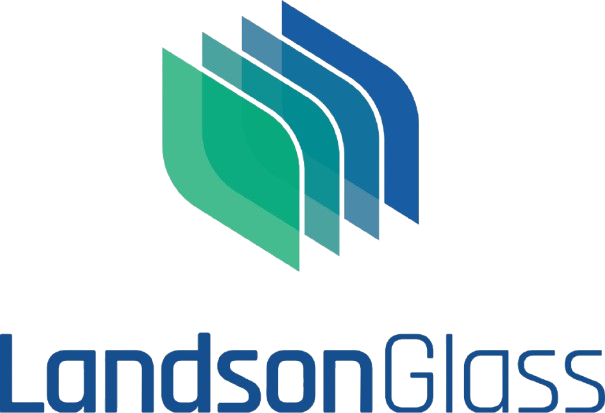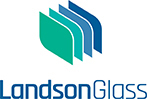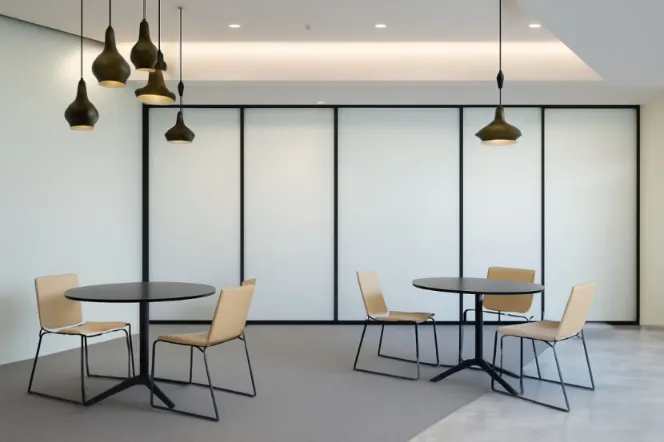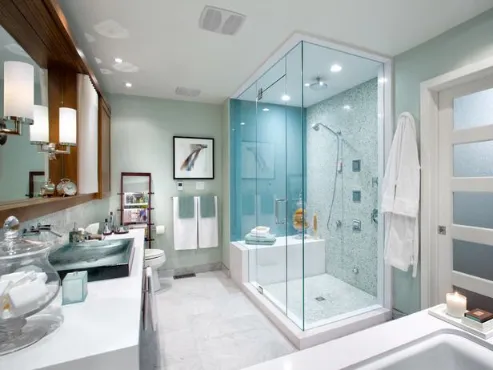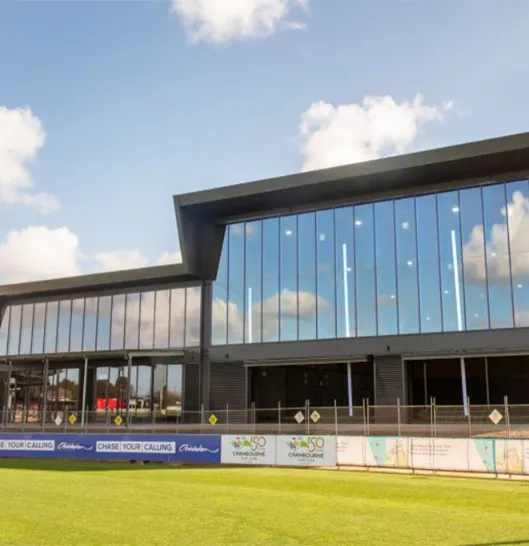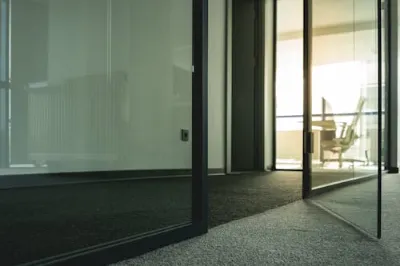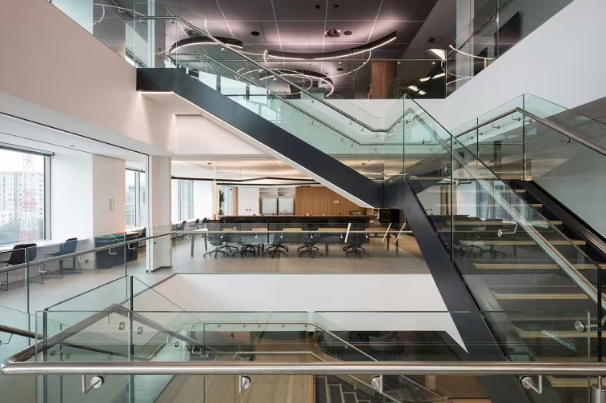
Why Safety Glass Matters in Balustrades
When picking glass for a balustrade, safety comes first. A balcony, staircase, or terrace should look sleek and modern. But it must also be sturdy to keep people safe. Regular annealed glass isn’t suitable. It shatters into sharp, dangerous pieces. That’s why safety glass is the go to choice. Two popular options are heat soaked tempered glass and heat strengthened glass. Both are made by heating glass carefully. However, they differ in strength, performance, and how they meet safety rules.
What Is Tempered Glass and Why Heat Soaking Is Added
Tempered glass, also known as toughened glass, is made by heating annealed glass to over 600°C. Then, it’s cooled quickly. This process makes the surface tough. It gives the glass up to five times the strength of standard float glass. If it breaks, it falls apart into small, dull bits instead of sharp shards. This reduces the chance of bad injuries.
Heat soaking is an extra step. It involves reheating tempered glass and keeping it at a steady temperature. This checks for tiny nickel sulphide flaws that might cause sudden breakage. In big balustrade projects, even one surprise break can be a big problem. It can lead to safety risks and costly fixes. Heat soaking lowers this risk. It’s often used in projects following European and Australian safety rules.
You can check out Landson Glass’s product line for tempered glass for balustrades. They offer heat soaking options. This gives architects and builders confidence for tough projects.
What Is Heat Strengthened Glass
Heat strengthened glass is made in a similar way. But it’s cooled more slowly than tempered glass. This makes it about twice as strong as annealed glass. Yet, it’s not as tough as tempered glass. When it breaks, it splits into bigger, sharper pieces instead of crumbling. For this reason, it’s often laminated to hold pieces together.
For balustrades, heat strengthened glass is sometimes picked in laminated form. Designers may want it for better flatness or less visual wobble. In some cases, building rules allow it in laminated setups. But on its own, it doesn’t meet the same safety level as tempered glass.
Key Differences Between Heat Soaked and Heat Strengthened Glass
Breakage Behavior
Heat soaked tempered glass lowers the chance of sudden shattering. If it breaks, it turns into small, safe fragments. Heat strengthened glass is less likely to break out of nowhere. But when it does, the pieces are larger and sharper.
Strength Levels
Tempered and heat soaked glass is up to five times stronger than annealed glass. Heat strengthened glass is only about twice as strong.
Applications
Heat soaked glass works well for balconies, high rise balustrades, and outer facades. It’s great for places with strict safety rules. Heat strengthened glass is used in laminated units. It’s chosen where clear visuals or flatness matter more than how it breaks.
Standards Compliance
In Australia and New Zealand, balustrade safety glass often needs fully tempered or heat soaked glass to meet AS/NZS 2208. In Europe, EN 14179 calls for heat soaked glass in many outdoor uses. Heat strengthened glass might be okay in laminated form. But it’s not suitable alone for balustrade barriers.
Processing Options That Influence Your Choice
When choosing between these options, you also think about how the glass is made. At Landson Glass, both toughened and heat strengthened products can be cut, drilled, polished, or shaped before heat treatment. For balustrades, this means you can get panels with smooth edges, CNC cutouts, or waterjet holes for fittings.
The company makes tempered glass in thicknesses from 4 mm to 19 mm. Sizes go up to 2700 x 5000 mm. Options include Low-E, tinted, acid etched, or patterned finishes. Heat strengthened products are available up to 12 mm thick. This variety lets you balance safety with style. You can pick clear, tinted, or special surface finishes.
You can view Landson Glass’s gallery of projects. It shows real setups where flatness, polished edges, and exact drilling shine in balustrade systems.
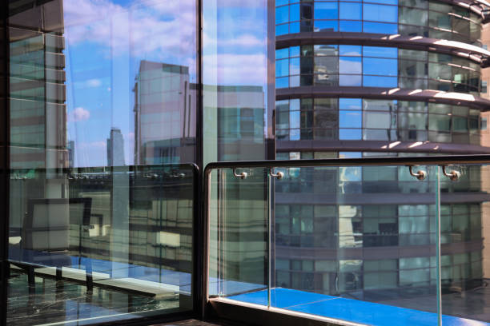
Why Flatness and Visual Quality Matter
Have you ever looked through a big glass balustrade and seen wiggly lines or blurs? That can be annoying. Fully tempered glass, especially thicker panels, sometimes has roller wave distortion. Heat strengthened glass cools more slowly. So, it often has less wobble. That’s why some designers like it for laminated balustrade panels where clear views are key.
Landson Glass uses top notch heat treatment lines. They make very flat tempered glass. This makes them a go to choice for projects needing both safety and good looks.
Packaging, Lead Time, and Real World Concerns
Besides technical details, practical stuff matters too. For balustrade projects, you often need big panels delivered safely and on time. Landson Glass usually ships in 2–3 weeks from the factory. They offer packaging like timber end caps or full crates built to your needs. If you’re planning an installation, these details can be as vital as choosing between heat soaked or heat strengthened glass.
Where Each Option Fits Best
Here’s the simple breakdown: Pick heat soaked tempered glass for the toughest option. It lowers the risk of sudden breaks and meets strict safety rules. Choose heat strengthened glass in laminated setups where clear visuals and flatness are key, and building codes allow it.
Working with a supplier like Landson Glass helps you weigh these choices. They provide clear data and product samples. Since 2002, they’ve supplied architectural glass across Australia, New Zealand, and Europe. Their track record shows quality and rule following.
For more details or to talk about your project, reach out via the contact page.
FAQ
Q1: What is the main reason to choose heat soaked glass for balustrades?
A: Heat soaked glass cuts down the chance of sudden breaks from nickel sulphide flaws. This makes it safer for critical spots like balconies and facades.
Q2: Can heat strengthened glass be used without lamination in balustrades?
A: No. Heat strengthened glass alone doesn’t meet safety glass standards for balustrades. It needs lamination to hold fragments together.
Q3: Does heat soaking change how tempered glass looks?
A: No. The process doesn’t affect visual quality. With modern equipment, heat soaked glass stays flat and clear.
Q4: What thickness of tempered glass is common for balustrades?
A: Most balustrades use 10–19 mm tempered or laminated units. This depends on building codes and design load needs.
Q5: How long does it take to deliver custom balustrade glass panels?
A: Landson Glass typically delivers in 2–3 weeks from the factory. Custom packaging protects large panels during shipping.
